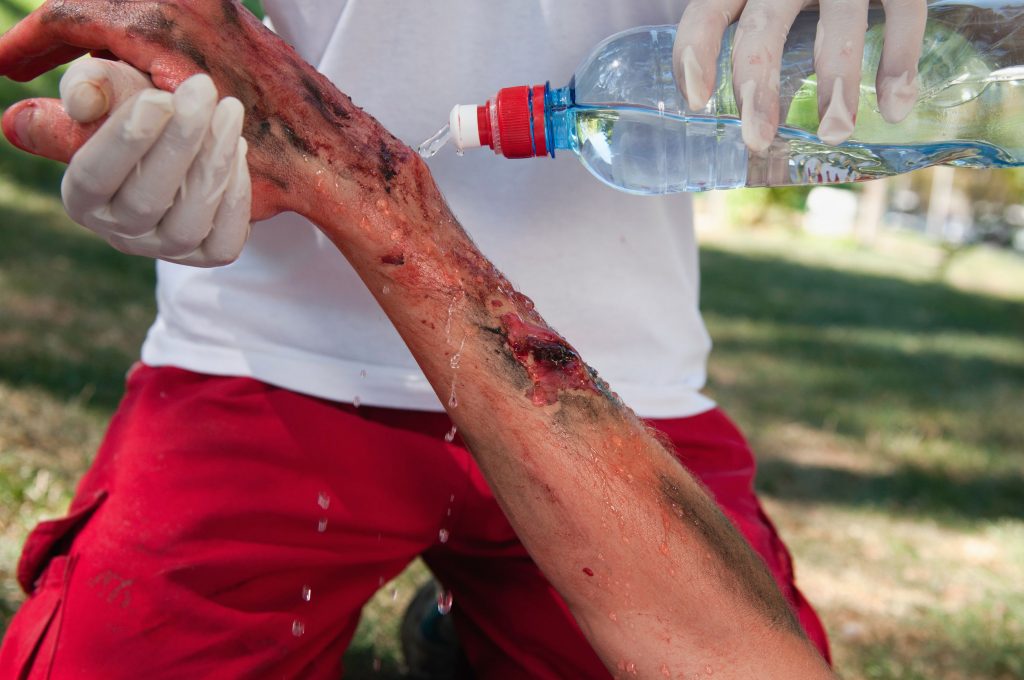
A burn injury can be painful and devastating. If you or someone you know has suffered a burn injury resulting from another party’s negligence, you may seek compensation for the damages caused by the accident by filing a personal injury claim. If the injury occurred on someone else’s property and resulted from the negligence of the property owner or manager, that person may be liable under a theory of premises liability.
Burn types
When your skin comes into contact with an excessively hot substance or surface, you will be burned. Burns are grouped into three main categories.
1- First degree burns
These are relatively minor burns. The burns result in reddening of the skin. The victim may also experience some topical pain. Recovery from these burns is relatively easy with proper care. The human body is able to heal the burned area with little need for medical intervention. These cases rarely justify the expense or time involved with a lawsuit.
2- Second degree burns
These are more severe than first degree burns. The pain is much deeper since deeper tissues are affected by the burning. These burns result in the skin swelling, reddening and blistering. Some medical intervention may be required to help in recovery and healing from these burns.
3 – Third degree burns
These are the most severe types of burns. These burns affect deep tissues in the body. They completely destroy the skin and the nerves. Third degree burns may result in blackened or visibly charred skin. The burned areas may be white where the skin has been completely destroyed. Recovery from these burns requires medical intervention. Scars are likely to last a lifetime.
Common causes of burns
Burns can result from exposure to various situations including:
- Overexposure to the sun
- Fire
- Radiation
- Steam
- Hot liquids
- Friction
- Corrosive chemicals
- Electricity
Negligence
Proving negligence when it comes to burn injuries can be a complex process. However, the at-fault party can only be held liable if there is evidence of negligence. Examples of situations that show negligence include:
- The victim getting burned after coming into contact with a frayed wire
- A fire that was not properly contained
- Burns may result from chemical spills or radiation leaks
- Burns resulting from poor maintenance of a building of the fire suppression system
Who should be held liable?
When the accident occurred on another party’s property (including a landlord property), the owner of the property may be held liable for the damages resulting from the accident. The victim may seek compensation for damages under a premises liability claim. However, the victim must demonstrate that the injuries suffered were a direct result of the property owner’s negligence.
If you or a loved one have been injured as a result of someone’s negligence, please contact an experienced burn injury attorney today.